This may come as a surprise to those who
know about my distaste for much that passes for “contemporary art”. Many would
include Tracey Emin’s My Bed My Bed
in that category. But Emin’s creation is something that I actually rather like.
It is far better than much in contemporary art. I do not think that it is beautiful and would not want to have it in my house. But it is something that I would
seriously consider having in my art gallery, if I had been fortunate enough to
have one. It is certainly far better than the creations of a certain gentleman
whose works fetch equivalent, if not much higher, prices.
Apparently created when she was in
depression, and in the state in which it was when she had not got out of it for
several days, lying on the floor next to the bed is a variety of objects – condoms,
cigarettes, knickers and so on.
Why would such a creation be of the
slightest interest? Why would anyone even want to consider it a work of art?
I argued in my book Inner Vision: an
exploration of art and the brain, that one of the functions of art is to give
and gain knowledge. And My Bed My Bed gives, I think, knowledge about thousands, and
more likely millions, of beds in bed-sitting rooms in all major cities of the
world. It replays a scenario that you will find time and time again if you were
to peep into bedrooms or walk into them un-invited.
It gives you knowledge about how many, many
millions live like every day and their states of mind.
My Bed My Bed is therefore giving knowledge
not only about bedrooms but also about states of mind that keep bedrooms in that
state.
All art is abstraction. A portrait painting
is great if it succeeds in being an abstraction of a certain kind of character.
The actual person portrayed becomes irrelevant, because the portrait gives
knowledge about a character, not an individual person.
And so with Tracey Emin’s My Bed. It is far,
far more interesting than bisected sharks and cows. These also give knowledge
but that knowledge is much better obtained in museums of natural history which are, after all, open to all.
Tracey Emin’s My Bed gives knowledge about
something that is normally hidden from view.
So, I am not at all surprised that My Bed
My Bed should have been sold at auction this month in London for £2.5 million.
It is much better than many other works of art that fetch equivalent prices. It is one of the much better examples of contemporary art.

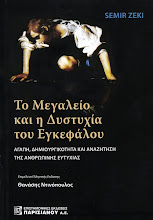
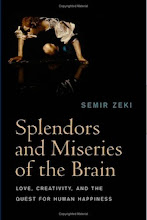
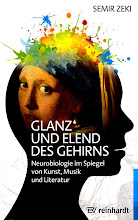
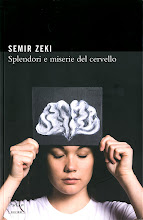



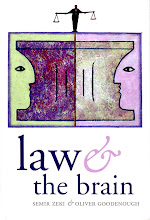
 Contact us
Contact us